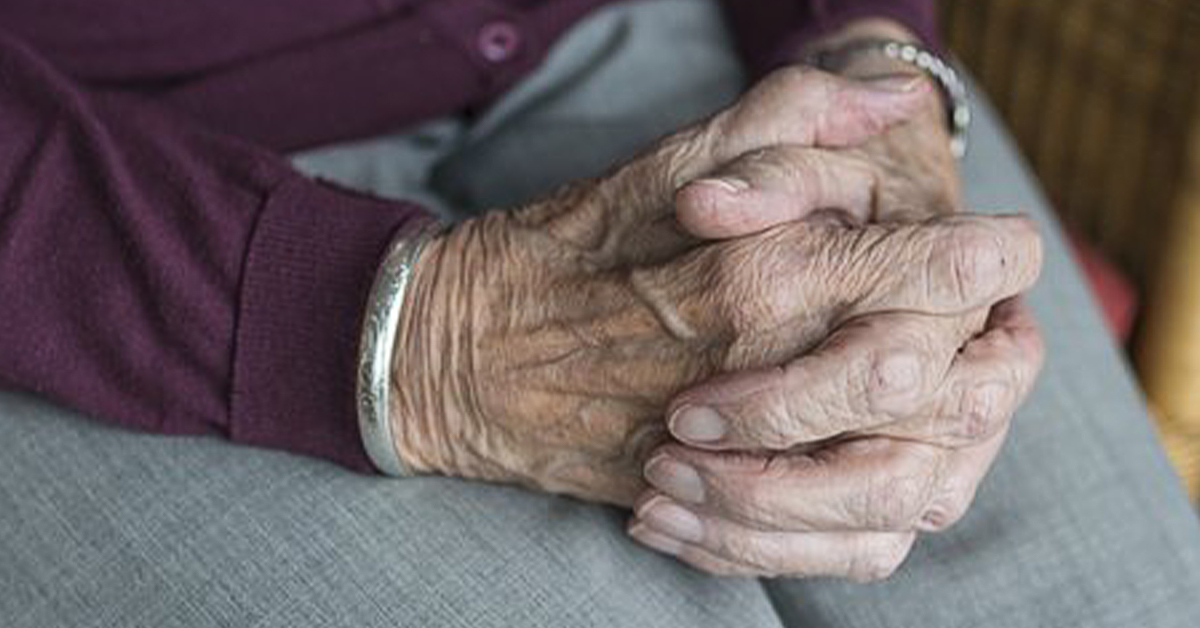
Moaning, by Lenore Kilmartin
Labour
Moaning in childbirth is a universal sound exhibited by labouring mothers the world over. Midwives and caregivers know that a mother who is moaning through contractions is labouring well and using her lowtoned voice to move her baby down. Mothers who are moaning are using their breath; breathing deeply and releasing tension when breathing out. Less tension equals a more relaxed state which has a positive effect on the opening cervix. In fact, the moaning of a labouring woman should be calming for all in attendance.
There is a primal rhythm to her sounds and those supporting her are aware of the awesome strength she is gathering through her exhaled breaths. So where have all the moans gone? Labour rooms have become quiet as more women are encouraged to use epidurals for pain relief. Instead of the usual labouring sounds, now we hear the beeps of monitors and the quiet of a medicated, possibly sleeping through labour, mother.
Many care providers are uncomfortable with the deep moaning of a woman embracing labour while using her breath to help birth her baby. The mother may be told to be quiet, or encouraged to accept pain relief, so that she no longer is making birthing sounds that are causing others to feel discomfort. Let’s all welcome birthing sounds; let’s encourage moaning and sighing, audible breaths and the ritual of deepthroated groans. Those wonderful, deep, slow, primal moans that release tension and bring about a relaxed state during a contraction.
The moan of a birthing woman, heard throughout time, universal in sound. Celebrate with her, moan together, encourage her breath, let her know that her body is responding in sync with her breath; with her open, moaning voice. Labour is not naturally a quiet event. A mother’s noise, as she labours, bears down, delivers should be a time of rejoicing. A new life…a baby is born.



